What to plant in October
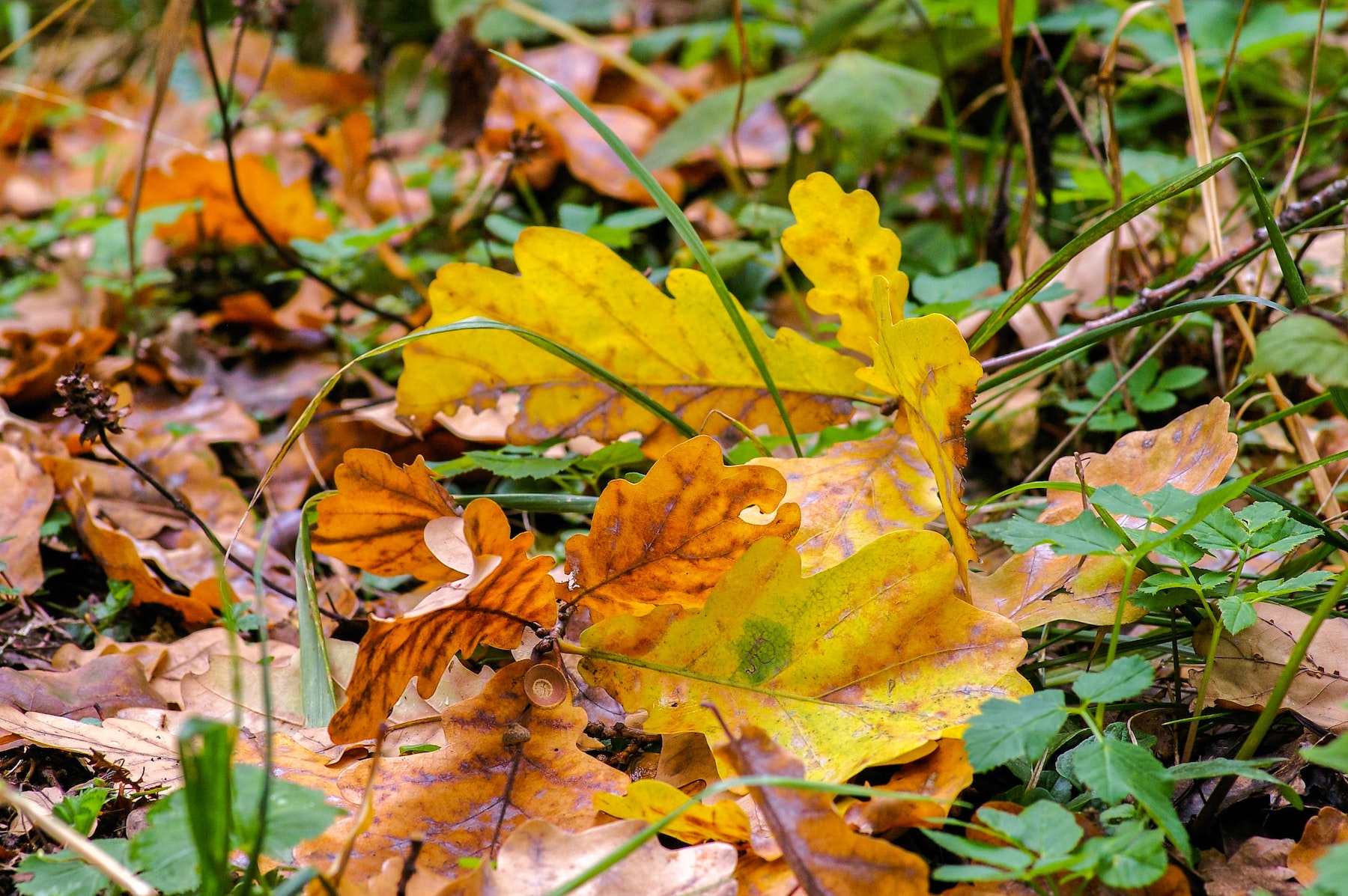
October is a great time to start planting vegetables, herbs and flowers. It's not too hot and not too cold but just right for planting in your garden. There are many different vegetables you can plant in October that will give you fresh produce through the fall and winter months.
Spring cabbages
Spring cabbages are planted in October, but they're not ready to eat until April. For best results, plant spring cabbages in a sunny spot with well-drained soil.
Row spacing should be about 8 inches apart and plants should be spaced 12 inches apart within each row. Water regularly as needed―if you've had a lot of rain lately or it's been very hot out, it's especially important to make sure your garden has enough water!
Harvest when the heads feel firm and solid on the outside and they have started turning greenish-white on the inside at their core.
Broad beans
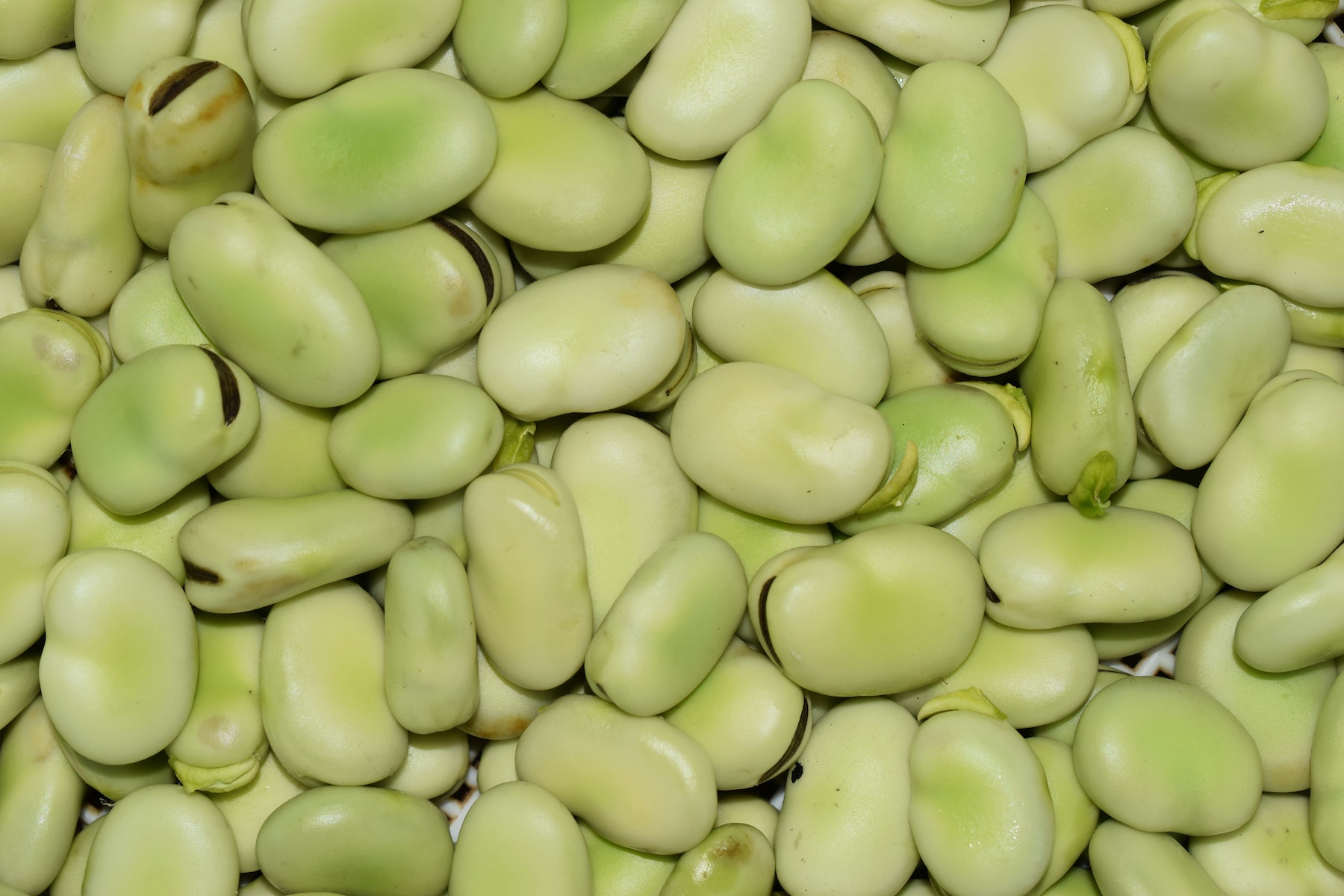
Broad beans are the ideal crop to grow in the fall. They're easy to grow and can be harvested for many months, so you won't have to worry about them taking up space in your garden after they've finished producing. Broad beans are also a good source of protein, fiber, iron and calcium—all things that will help keep your body healthy during the cold winter months ahead. Ready to harvest in spring!
Cauliflower
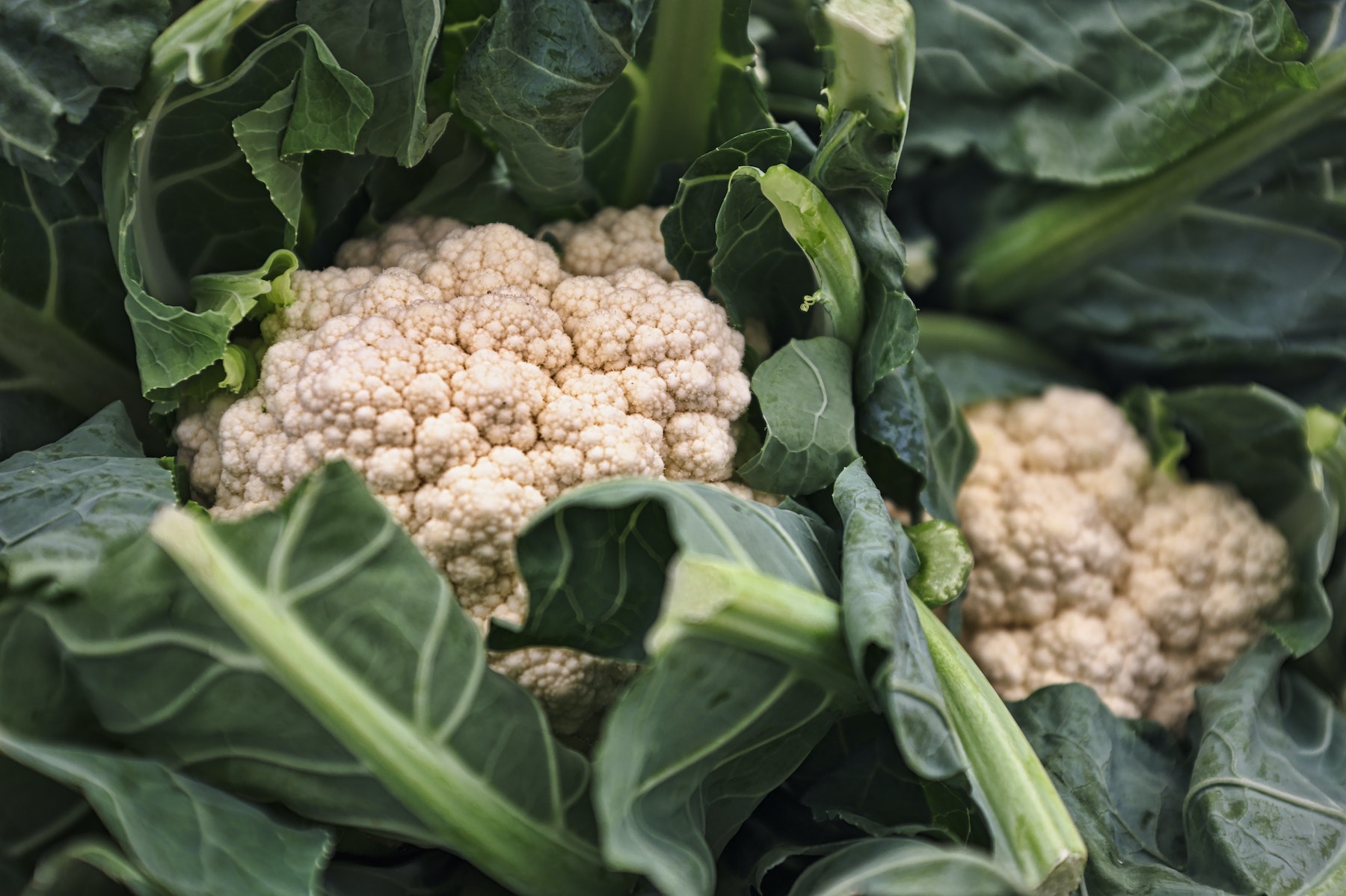
Cauliflower is a cool-season crop that needs to be planted in early spring. It's best to plant cauliflower in a sunny spot, as this will help it grow fast and produce a large head of cauliflower.
Cauliflower requires regular watering and fertilizing, but once you harvest the mature head of the plant (which should be ready by late spring), you can remove all traces of it from your garden by pulling up any remaining stems and roots.
Salad greens
Lettuce: Plant lettuce in October, and it will be ready to harvest just prior to your first frost. The trick is to start the seeds indoors about 6 weeks before the last expected frost of spring (or whenever you'd like your lettuces).
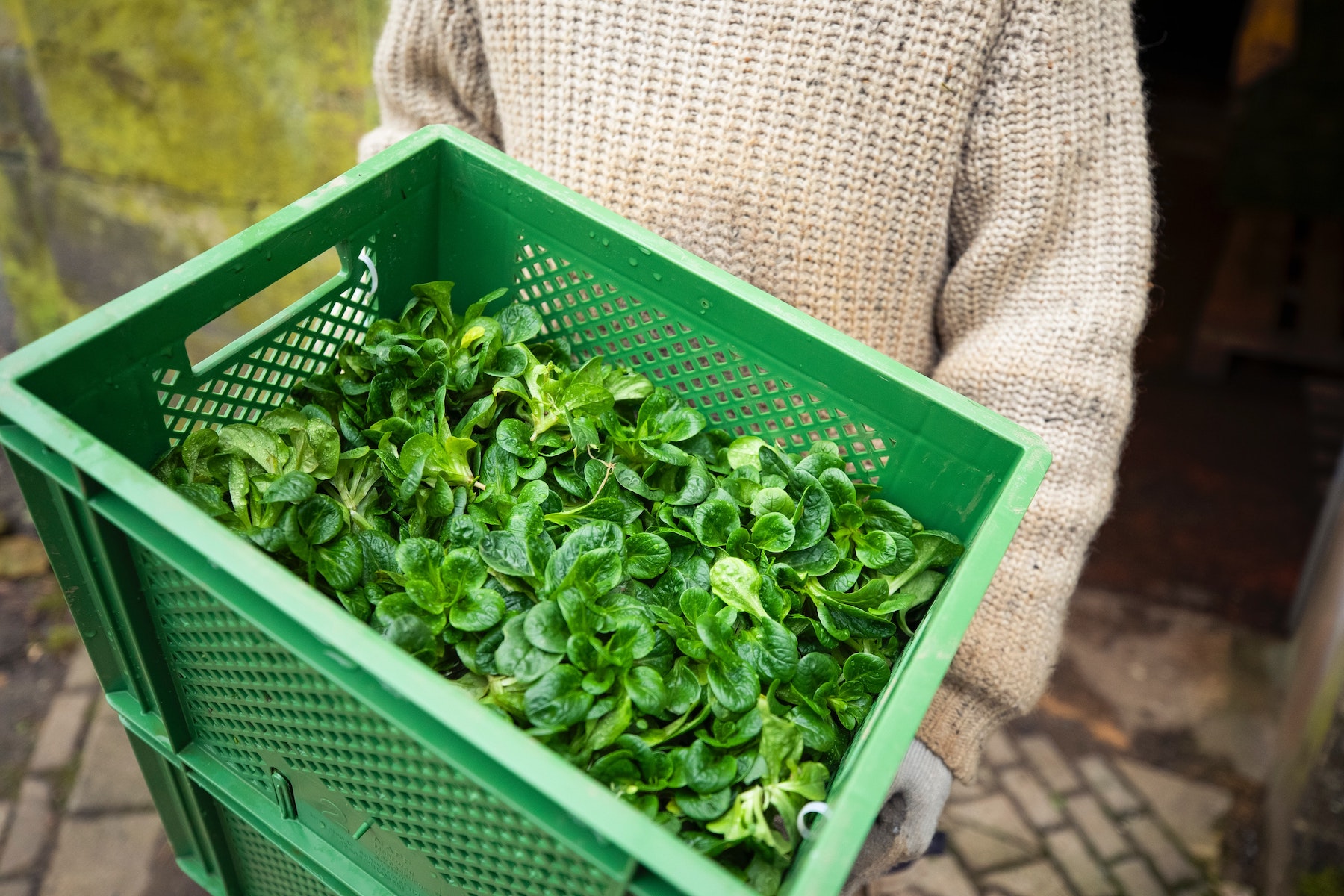
Spinach: Start spinach from seed indoors 3-4 weeks before your last spring frost date. You'll want to plant in the garden once daytime temperatures are above 60°F and nighttime temperatures are cooler than 50°F.
Chicory: This plant can survive through winter weather because it has a root system that grows low to the ground and is able to withstand winter frosts.
Garlic

Garlic is a perennial plant, which means you can grow it year-round. The cloves are harvested in the spring and summer, but you can also harvest the bulb in autumn. Plant garlic in October to get a head start on your harvest next year.
Garlic is a good companion plant because it repels pests like aphids, white flies and mites that may be attracted to your garden plants. It's also known to deter rabbits and deer from eating vegetables! Garlic will keep away all of those pesky creatures while improving soil quality at the same time.
This herbaceous perennial produces flat leaves with a distinctive flavor when crushed or chopped; they're usually used as flavoring agents or seasonings rather than as food per se (although they are edible).
Kale
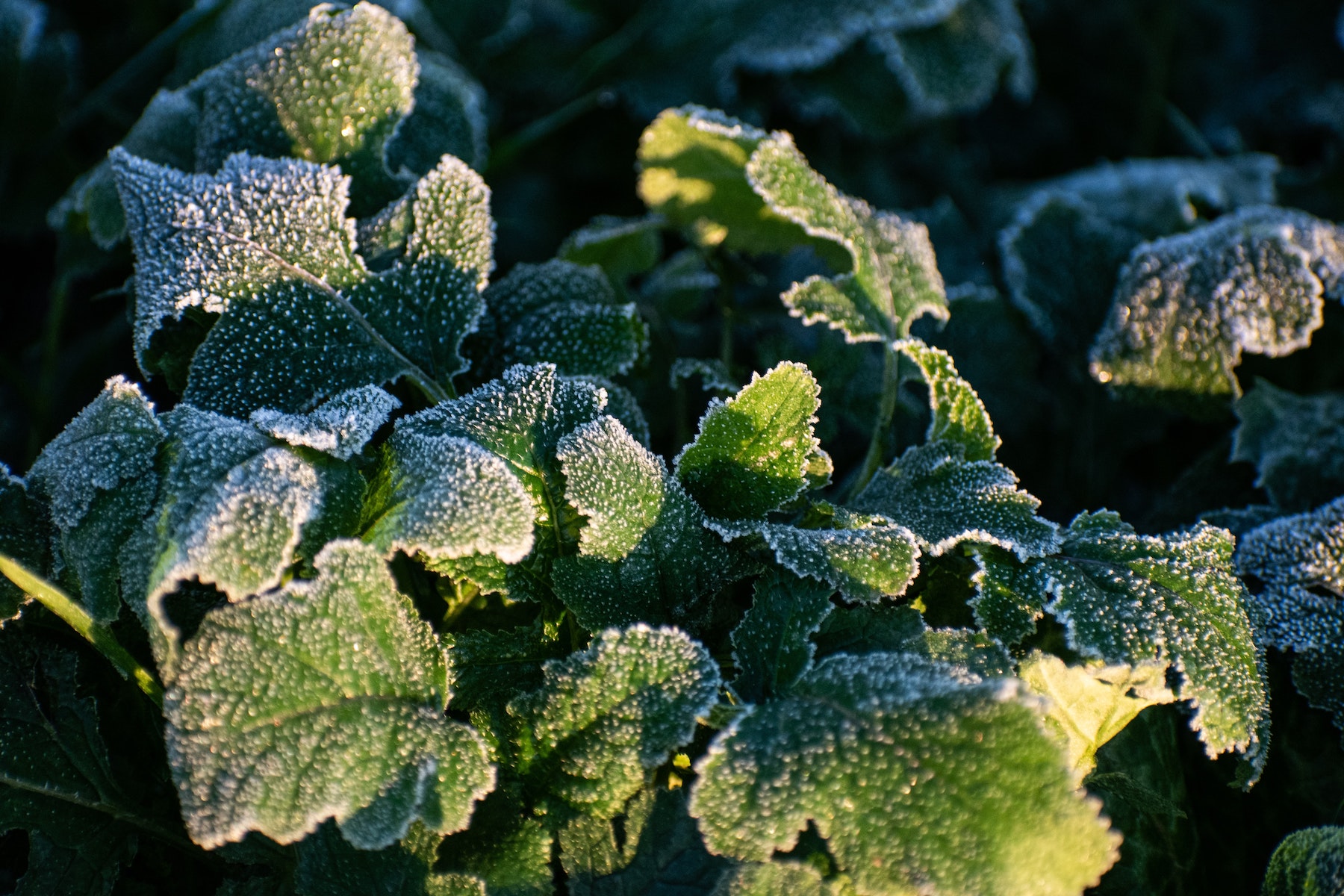
Kale is a leafy green vegetable that is easy to grow and can be harvested all year round. Kale is high in fibre, vitamins and minerals, making it a great addition to any diet.
Kale plants are hardy and versatile, so they can be grown in almost any climate. The best time to plant kale from seed is from May to July.
Peas

Peas are a cool-weather crop that can be planted in early, mid and late varieties. Plant them in blocks, rows or a sunny spot to have peas ready for harvest in spring. The seeds need light to germinate so make sure you don't cover them with soil too deeply when planting.
Once the seedlings have emerged from the ground, thin out any plants that are growing too close together; this will give each plant room to grow healthy and strong.
Once your pea plants have grown about six inches tall or taller, pull up some of the vines occasionally so they get extra sunlight—but be careful not to break them off at their base! Harvest when pods become full but before they open further than halfway (otherwise there's no point).
Try MarketGardenPro for Free